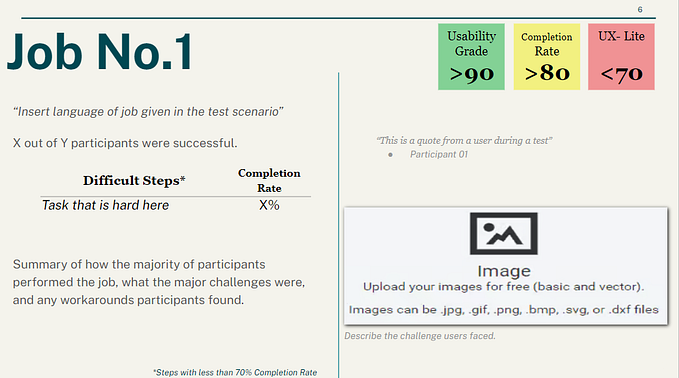What makes a bad design?
We are bombarded with designs all around us, good and bad. Analyzing and understanding the difference and the importance of each in their respective ways is what leads to good designs.
Bad design is simply great imagination without wisdom — M. Cobanli
Very often we see that most amateurs end up converting a fully functioning good design into an obnoxious object with the intension of coming up with a new alternative. While many professionals intentionally do the same under certain parameters, the objective they start with is to evoke thought in the minds of the consumer and giving them a better understanding of the relevance of ergonomics in design.

Read — https://www.wired.com/2014/04/perfect-terrible-redesigns/
Bad Design is an alternative thinking tool that allows participants to reverse or defy the conventional design process to arrive at a favorable output, often termed as good design.
In this article, we try and look at Bad Design from different perspectives to understand the concept better. Using a Bowling Ball as an example, we would be exploring the object and working around a set of principles to try and find out the degrees of bad design in the same.
A Bowling Ball is an object that most people struggle with while handling it during a game. Being a very simple design, this has 3 finger receiving cavities; for the middle finger, ring finger, and the thumb to fit into respectively. The cavities are effectively designed as per the anthropometric dimensions relative to the region where it’s being sold. The struggle to balance the ball on just three fingers might often pop a question into the user’s mind “why doesn’t the ball have simple 5 cavities so that each finger can fit into it and it becomes convenient to handle the ball”.

Taking the same concern as an idea, this ball was designed with 5 cavities, equidistant for a hand to hold it comfortably. The principles used to work around this concept are “Simplicity-Complexity”
Let’s try and look at this design from various lenses of Bad Design in order to understand the concept -
Bad Design is Easy
Bad design is not thought through. Often, Bad Design is something that doesn’t stress enough on the ergonomics of the output. Resorting to the next best solution that seems Easy to Use for the audience is chosen to be the final one.
Here too, there is no thought put into how the principle problem that users face, of why the ball is difficult to hold using three fingers, is solved simply by matching the number of cavities to the number of fingers on a human hand.
Bad Design is Complicated
This implies that often when designers try to make the product simple, they unintentionally end up making the task a lot more complex.

The hand fits perfectly into the scooped out cavities. The ball looks very convenient to bowl with but it doesn’t roll well due to the inclusion of all the fingers. The ball instead falls abruptly on the ground as there is no extra support provided to give the ball a momentum or direction while throwing it on the ground.
Bad Design is Boring
Imagine a world where everything was obvious. Every single thing about the product was so easy to understand that we didn’t have to think. While a good design emphasizes on making the interaction between the product and the user as seamless as possible, a good design also makes the users think.
We are a generation of thinkers, who observe and analyze every element of our lives. We improve every day and everything around us based on our understanding that is fueled by curiosity. The act of retrospecting makes us conscious consumers of resources and products. Here too, when a user is given a ball that has cavities, it makes things a lot more obvious without making them think of the consequences.

Bad Design is also Design
When one works on creating a Bad Design, it involves pushing the ideas to extremes so as to arrive at an enhanced understanding of elements of design. A process similar to reverse storming- one can greatly benefit from the alternative method of thinking involved that yields unexpected results. Creativity often shows its colors when there is no pressure of coming up with something good.
Here the principle of simplicity is followed in a way that the design of the form is made simple for the users to handle but the entire purpose of the ball in the task of bowling is defeated as it has become more complex when it comes to actually throw it. Therefore here, it shows how both the principles go hand in hand and how a change in one can have an effect on the other.

The chart below displays the degree of bad design involved in different attributes of the product.

Here the user would like to purchase the ball because of the simpler design that it provides along with it but might face an issue with the task later, leading to it end up being called a bad design.
This highlights certain how certain things do not come to our notice in our daily lives because of their unobtrusive form but do play an important role in its functionality of the object overall. Thus, the repetition of one factor of the product and omission of the other can often lead to life-changing results, which can be both positive and negative.









